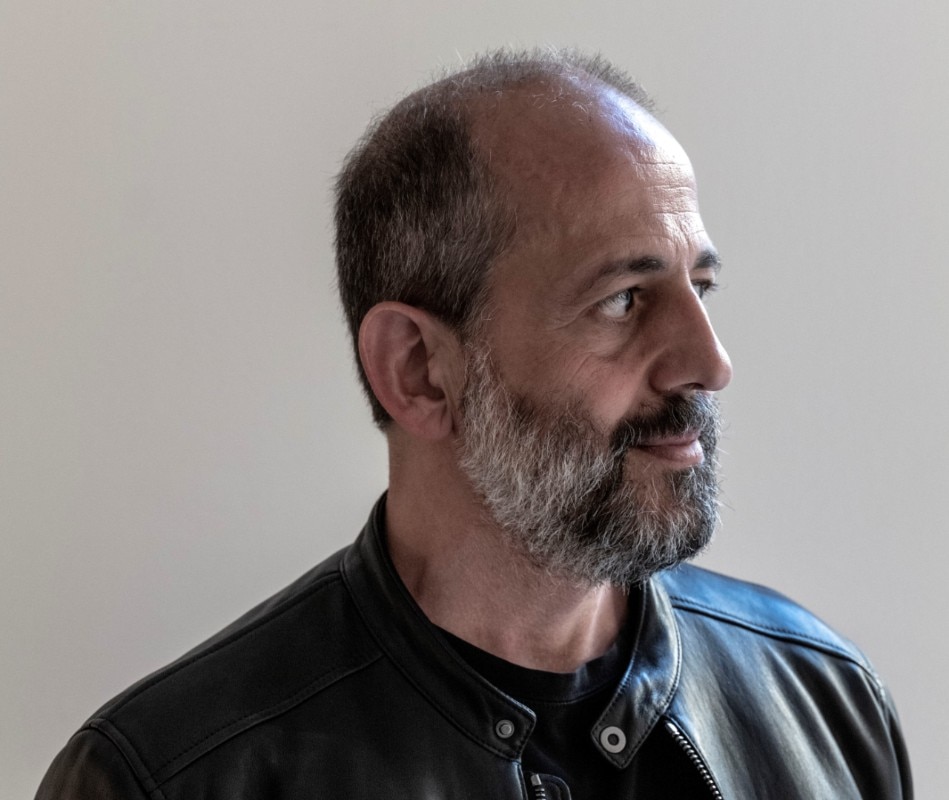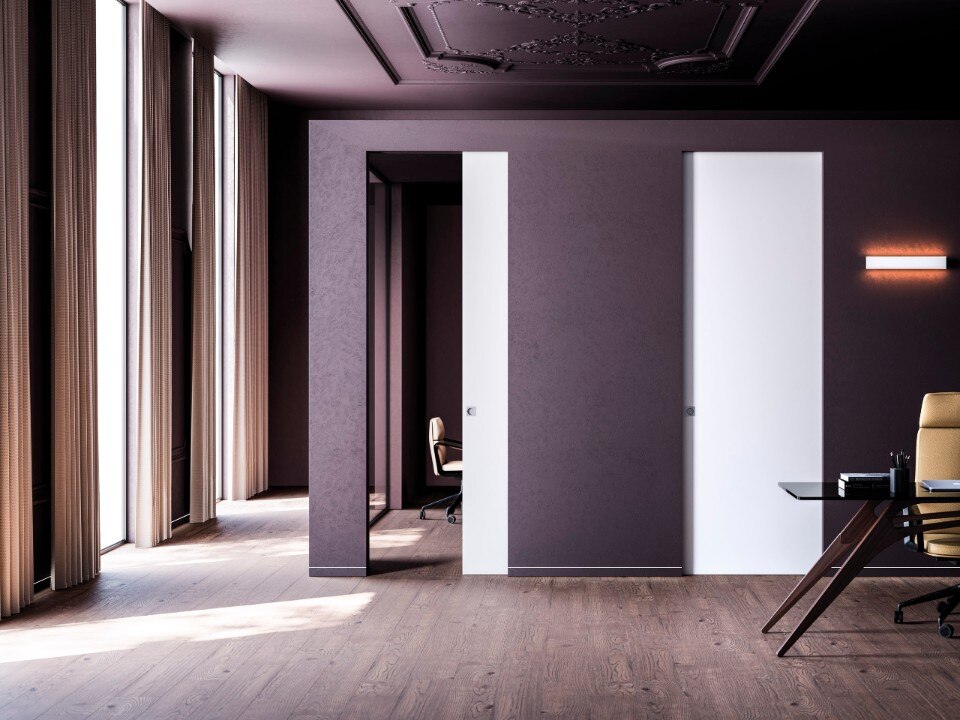Not all designer get to debut on the international scene with designs that immediately become the symbol of an entire decade – as well as the object all visual designers and modelers choose whenever “a lamp” is requested in an interior rendering. This was exactly the case with Michael Anastassiades instead, who, together with Flos, has marked an era in aesthetics, with the 2014 IC Lights first, then with the LED geometries of Arrangements, awarded with the Compasso d'Oro in 2020. For 2023, this storming pair returns to the cityof design for Fuorisalone with Six Acts, an installation/performance (curated by Fabio Cherstich) built around the My Circuit lighting railing system, confirming their increasing vitality, as well as the now long lasting of their relationship.
“It's been 10 years since our first products were out into the world” Anastassiades confrms, “so, quite a prolific journey. Flos has granted me access to a world of industrial products, produced in larger scale and capacity. I had started my own brand in 2007, in fact, exploring ideas in lighting that were more personal but at the same time, due to the small scale of production, more limited to what could be achieved. The collaboration with Flos was the platform that would support me technically into more ambitious lighting solutions, into expressing my ideas on that new, different scale. Still, what I gave Flos was something which was very personal, something that I was also producing for my own company in a kind of boutique style. There is a very fine line between also between craftsman ship and industry, a line you want to cross – after having gone all expressive or extreme – when you want to make a product that is also accessible for a larger target group. So, both companies have been feeding each other, I think, since the beginning of the journey”.

Ten years of collaboration, and over ten years of Milan Design Weeks as well. “The first time in Milan was with my brand Michael Anastassiades at Euroluce, it was 2011. At the same time I had done my first collection as a limited edition for Nilufar gallery in Palazzo Durini, and now I guess I have done Euroluce ever since with my own brand, including this year.
Today, I think people are super excited to be back to the fair: there's an enormous energy, and it’s also about the Fair itself, as it had been very skeptical even last year and the year before, when we first had to face the pandemic: this year people also realize that we can establish some of the former normality. People missed the Salone, and also the physical contact, meeting in places, the idea that they can meet, celebrate design, experience products and spaces in real life”.

Six Acts is then staged for MDW 2023, at Flos Professional Space in Corso Monforte, having a lot to say and suggest about the inside and the outside, about interaction, about space defined and transformed: “It's very much aligned with the spirit of My Circuit project, a very dynamic solution for a domestic open plan interior that allows a lot of versatility in terms of what you can create in lighting arrangements, interacting with the furniture below: you could potentially have a different set every day, as it happens with the Six Acts platform, showing a dining room one day, then transforming into a bedroom, a living room, a kitchen with something else. And such configuration relates to an abstract, very expressive drawing on the ceiling – made by the railings – that resembles the plasters, the moldings in Baroque interiors, moldings that you can actually use to hang the luminaires in different positions.
The idea of making these as a performance wants to highlight such dynamic, active, flexible setup, not something still, or some still exhibition. So I wanted actors, since here, like in theatre and performance, is like an ephemeral or dynamic setting, that can change even within a small period of time”. It is a lot about bridging decoration and practices, into a complex yet vital frame of staging the everyday, Anastassiades explains, embodied by “a lighting solution allowing the possibility to accommodate the complexity of the way we live, or the way we would like to change things and the configuration inside any domestic interior. So it's very much like a theatre set because you have the stage and then, like every five minutes, everything would change, furniture and setting, the light would become the main expressive tool to deliver the power of such change by interacting with the whole system.”

This project has a lot to tell also about the way our living habits, or at least needs, might have changed. Maybe also something about whether they actually changed or not: Anastassiades in fact is also stressing the hybrid nature of the post-pandemic transition in the design of domestic spaces, “I think people forget very quickly” he says, “and this is a problem, since I also think the pandemic has taught us a lot. Still, as it has been a traumatic event, people has also erased many good things we might have learned from it, very quickly. The reality is that that we also have a lot of human needs, the physical absence during the pandemic was something that has struck us all deep. And this is why I think the physical dimension made an even stronger comeback: people want to meet people, to see performances, to touch and to engage. By the end of the day, I deal with products and want to make new and different products. It's up to individuals to decide how much they want to retain from a traumatic experience like the one we lived, but as designers for sure we learned a lot”.
Opening image: Daniele Ratti

STARBOX 4160: Roller Blind Excellence
Mottura introduces STARBOX 4160: a system that marries sophisticated design and cutting-edge technology, for ultimate control of light and temperature.



